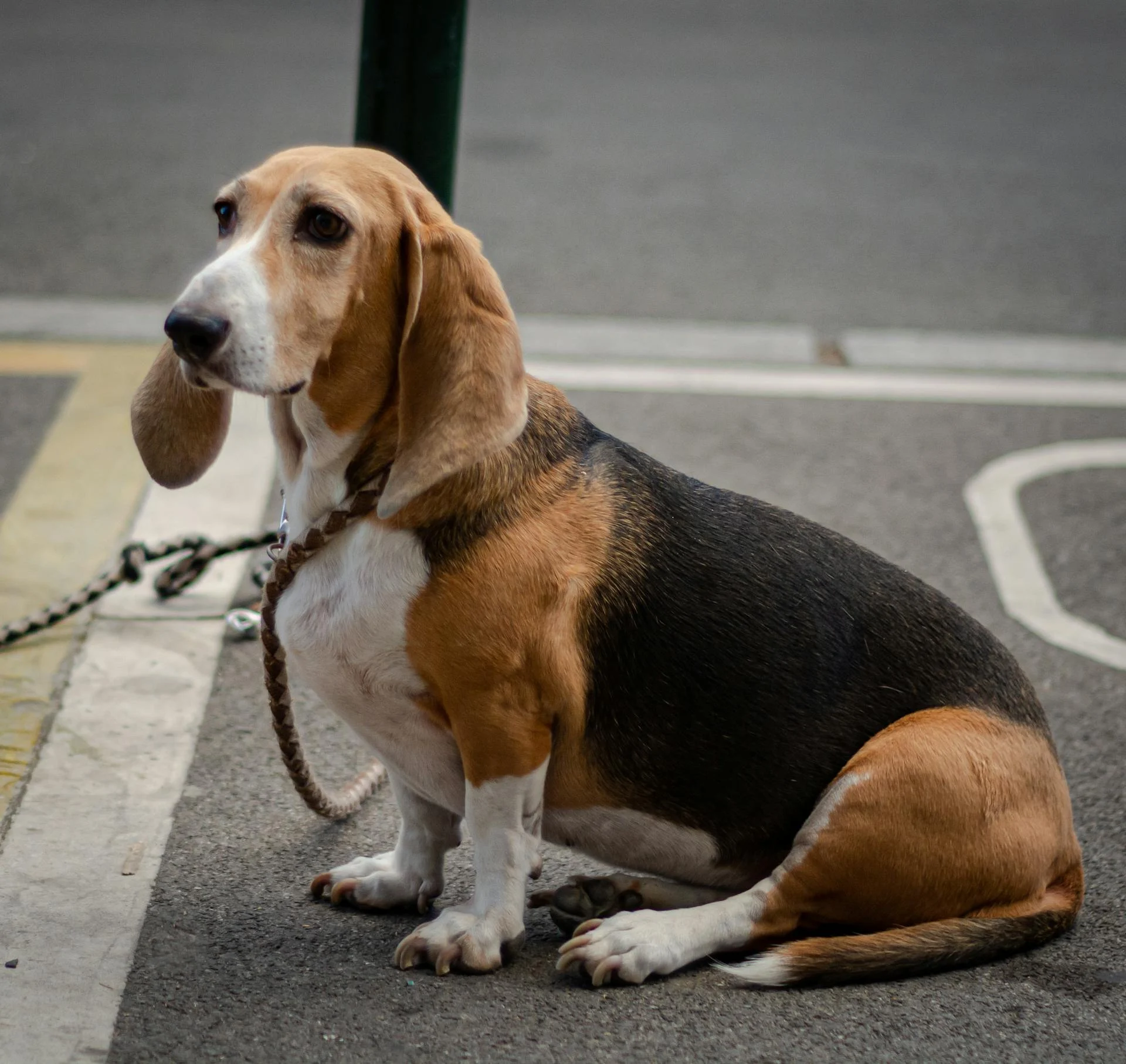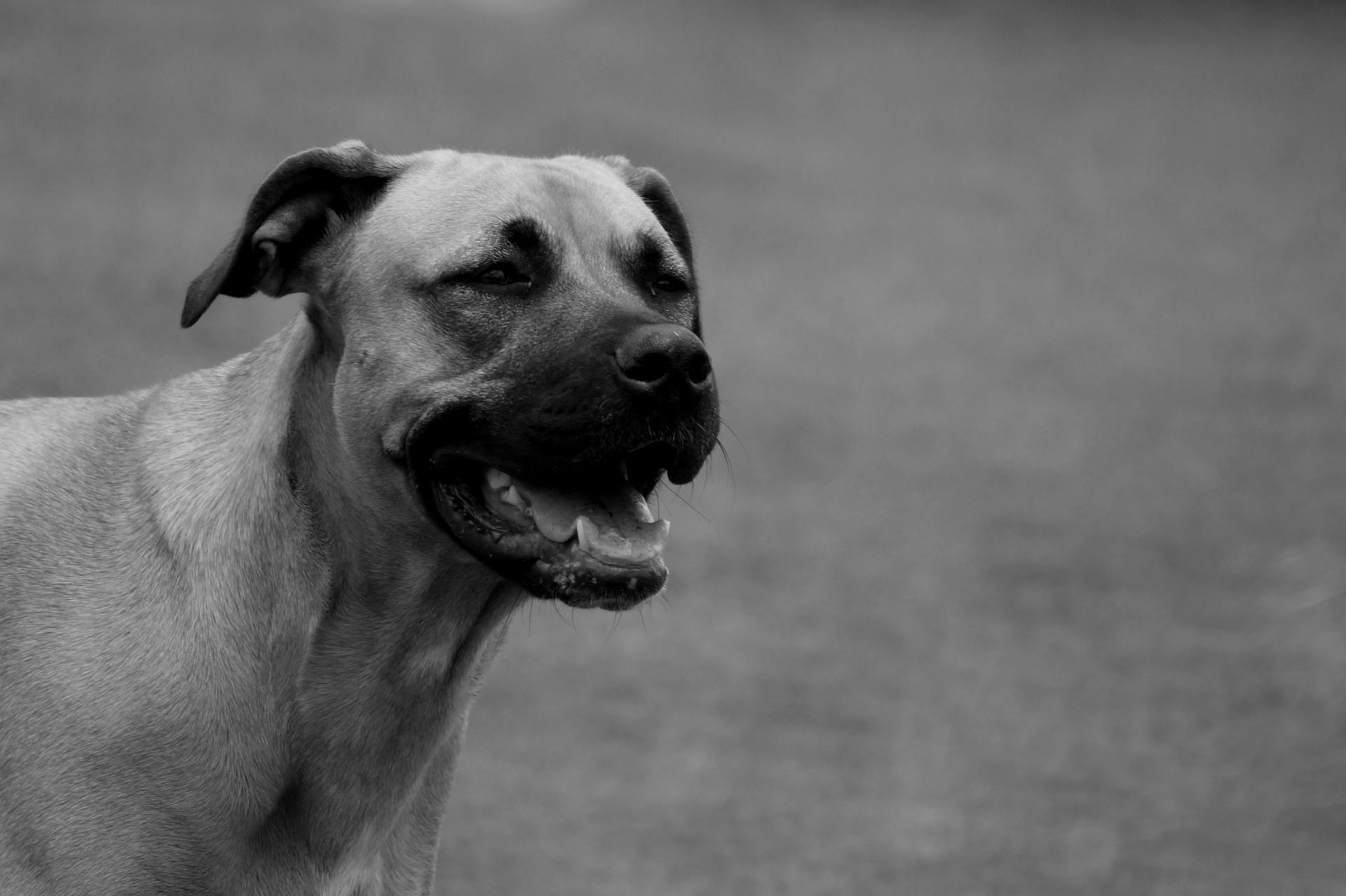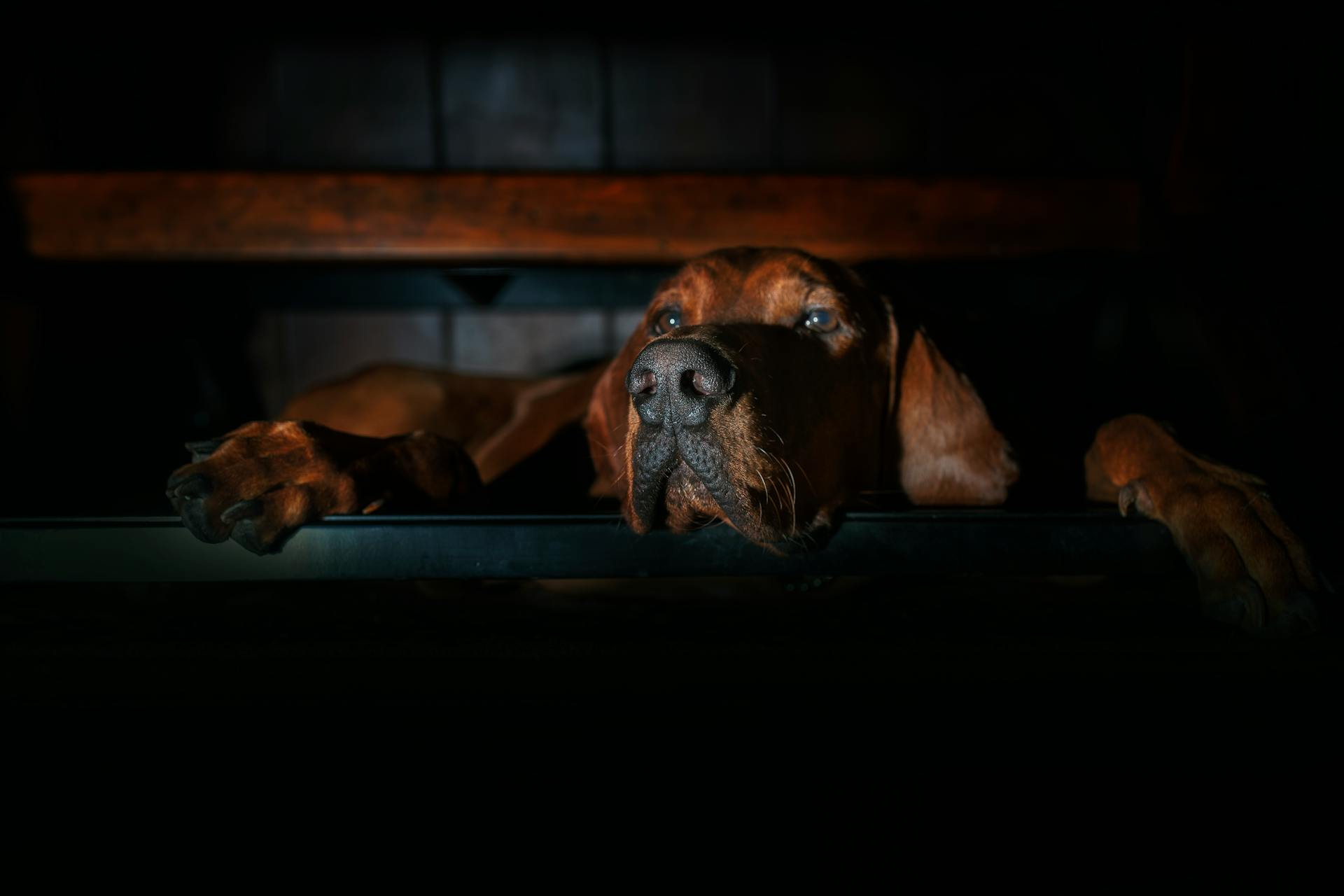
The Treeing Walker Coonhound Mix is a unique and lovable breed that makes a fantastic companion. They are a cross between a Treeing Walker Coonhound and another breed, often a hound or a hunting dog.
Their ancestry is rooted in hunting, which is reflected in their energetic and curious nature. They have a strong prey drive and love to explore their surroundings.
One of the most distinctive features of the Treeing Walker Coonhound Mix is their baying howl, a trait inherited from their Treeing Walker Coonhound parent. This howl is a loud, melodious cry that they use to communicate with their human family.
As a result of their hunting background, the Treeing Walker Coonhound Mix requires regular exercise to stay happy and healthy.
Breed History
The Treeing Walker Coonhound's lineage dates back to the colonial era in the United States, where European hunting hounds were brought over and bred with local dogs to create versatile and skilled trackers.
The breed's foundation began with the English Foxhound, which was imported to the American colonies for fox hunting. As settlers expanded westward, the need arose for a more adept hunting dog capable of tracking and treeing raccoons.
The Treeing Walker Coonhound was developed from a mix of Walker Hounds, Virginia Hounds, and other coonhound varieties. Breeders continued refining the breed's characteristics, focusing on traits such as speed, scenting ability, treeing instinct, and endurance.
In 1945, the Treeing Walker Coonhound was recognized by the United Kennel Club (UKC) as a distinct breed, and it was classified within the UKC's coonhound group.
Highlights
Treeing Walker Coonhounds are truly remarkable dogs, and here are some of their standout features that make them so special.
Their exceptional tracking abilities make them a top choice for hunting game, particularly raccoons, which is how they got their name.
These dogs are built for speed and agility, with a sleek and athletic build that allows them to move quickly and effortlessly in the field.
You might like: Types of Mixed Chihuahuas

They're also incredibly lively and energetic, making them perfect for active individuals or families who love spending time outdoors.
Treeing Walker Coonhounds are known for their friendly and social temperament, which makes them a great fit for families with kids or other pets.
Their short coats require minimal grooming efforts, which is a huge advantage for many owners who don't want to spend a lot of time brushing their dogs.
These hounds are intelligent and trainable, especially when you use positive reinforcement methods, which makes them a joy to work with.
Here are some key highlights of the breed:
- Exceptional hunter
- Sleek and agile
- Lively and energetic
- Friendly and social
- Easy to groom
- Trainable
History of the Treeing Walker Coonhound Mix
The Treeing Walker Coonhound mix has a rich history that dates back to the colonial era in the United States. The breed was developed from crosses of English Foxhounds and local dogs to create a versatile and skilled tracker.
The foundation of the breed began with the English Foxhound, which was imported to the American colonies for fox hunting. This breed was later mixed with other coonhound varieties to create a more adept hunting dog capable of tracking and treeing raccoons.
Intriguing read: English Mastiff Mix
Thomas Walker, a renowned breeder, played a significant role in the development of the Treeing Walker Coonhound by selecting and breeding his hounds for their exceptional tracking ability and stamina. Walker Hounds, Virginia Hounds, and other coonhound varieties were used to create the breed's foundation stock.
The breed's popularity grew in the southern United States, particularly among coon hunters who valued their keen sense of smell and tireless work ethic. The Treeing Walker Coonhound was recognized by the United Kennel Club (UKC) in 1945 as a distinct breed.
The breed's development continued in the 1800s, with the introduction of a stolen black and tan dog named Tennessee Lead, which greatly influenced the Walker Hound. This led to the creation of the Walker Coonhound, Treeing, which was first recognized by the UKC in 1905.
The Treeing Walker Coonhound was later fully recognized as a separate breed in 1945 and was recognized by the American Kennel Club (AKC) in January 2012, making it the AKC's 174th recognized breed.
Physical Characteristics
The Treeing Walker Coonhound is a medium to large-sized dog, typically standing between 20 to 27 inches high at maturity.
Its weight is in proportion to its height, with a common range of 50 to 70 pounds. Males tend to be larger than females.
The dog's skull is broad, with a long muzzle and long, hanging ears that give it a distinctive appearance.
Size
The Treeing Walker Coonhound is a medium to large breed, with males standing between 22 to 27 inches at the shoulder.
Males can weigh anywhere from 50 to 70 pounds, which is quite substantial.
Females, on the other hand, are slightly smaller, ranging from 20 to 25 inches in height.
Coat Color and Grooming
The Treeing Walker Coonhound's coat is a key part of their overall appearance.
Their smooth and shiny tricolor coat can be white with black spots and tan markings or black with white markings and tan trim, known as saddleback or blanketback.
Expand your knowledge: Black and Tan Treeing Walker Coonhound
Regular brushing is essential to remove loose hair and prevent matting. A firm bristle brush or a grooming mitt works well for this purpose.
Weekly brushing is usually sufficient, but more frequent brushing may be necessary during shedding seasons to manage the increased amount of hair.
Regular nail trimming is also crucial to prevent overgrowth, discomfort, and potential injury. Monthly nail trimming is typically adequate, but individual dogs may require more or less frequent trimming based on their activity level and nail wear.
Their pendulous ears are prone to ear infections, so regular ear cleaning is a must. This can be done once a week to remove dirt, debris, and excess moisture.
Hound Characteristics
The Treeing Walker Coonhound is a medium to large-sized breed with a distinctive appearance. They typically stand 20 to 27 inches high at maturity.
Their weight range is 50 to 70 pounds, with males being larger than females. The Treeing Walker Coonhound has a broad skull with a long muzzle and long, hanging ears. Their eyes are dark and have a soft expression.
All four legs should be straight when viewed from the front or back, with cat-like, compact feet. In conformation shows, blindness or deafness is a disqualification. The Treeing Walker Coonhound has a smooth coat that is fine and glossy.
It comes in two patterns: tricolor, which is white with black and tan markings, and bi-color, which is black and white or tan and white. Tricolor is preferred, but bi-color dogs are also acceptable.
Here is a summary of the Treeing Walker Coonhound's physical characteristics:
Personality and Temperament
Treeing Walker Coonhounds are known for their unwavering determination and tireless work ethic, making them a great companion for active families.
Their strong drive to track and tree prey is matched by their intelligence and problem-solving abilities, allowing them to overcome challenges in the field.
These dogs are remarkably sociable and affectionate, forming deep bonds with their human companions and thriving on being part of a close-knit pack.
Their friendly and outgoing nature also extends to other animals, often displaying a gentle and accepting demeanor towards household pets and even strangers.
Treeing Walker Coonhounds are loving, intelligent, confident, and enjoy interacting with humans, making them a great companion for the right owner.
They are tireless, alert, and intense on the scent, but at home, they are mellow and sensitive lovers of comfort.
Treeing Walker Coonhounds get along well with other dogs and with children, and are even-tempered and difficult to annoy or drive into aggression towards people or fellow dogs.
With training, they will coexist with small animals such as cats, despite their nature as a small-game hunter.
Their natural independence is balanced by their high trainability, eagerly responding to positive reinforcement methods.
Frequently Asked Questions
Do treeing walker coonhounds bark a lot?
Treeing Walker Coonhounds are known to bark excessively with little provocation, earning a 4 out of 5 rating from the AKC for this trait. If you're considering bringing one home, you should be prepared for regular barking.
What are common issues with treeing walker coonhounds?
Treeing Walker Coonhounds are generally healthy, but may be prone to hip dysplasia, ear infections, and injuries from hunting or raccoon encounters. Regular care and monitoring can help prevent or manage these common issues.
Are Treeing Walker coonhounds good dogs?
Treeing Walker Coonhounds are loyal and affectionate family pets, but may not be suitable for households with small pets due to their hunting instincts. They make wonderful companions for families with children, but require careful consideration and proper introduction to other pets.
What is the life expectancy of a Treeing Walker Coonhound mix?
A Treeing Walker Coonhound mix typically lives for 12 to 13 years, requiring a long-term commitment from owners. With proper care, they can be a loyal companion for over a decade.
Sources
- https://dogtime.com/dog-breeds/treeing-walker-coonhound
- https://www.thesprucepets.com/treeing-walker-coonhound-dog-breed-profile-4775543
- https://www.akc.org/dog-breeds/treeing-walker-coonhound/
- https://en.wikipedia.org/wiki/Treeing_Walker_Coonhound
- https://embarkvet.com/resources/dog-breeds/treeing-walker-coonhound/
Featured Images: pexels.com


